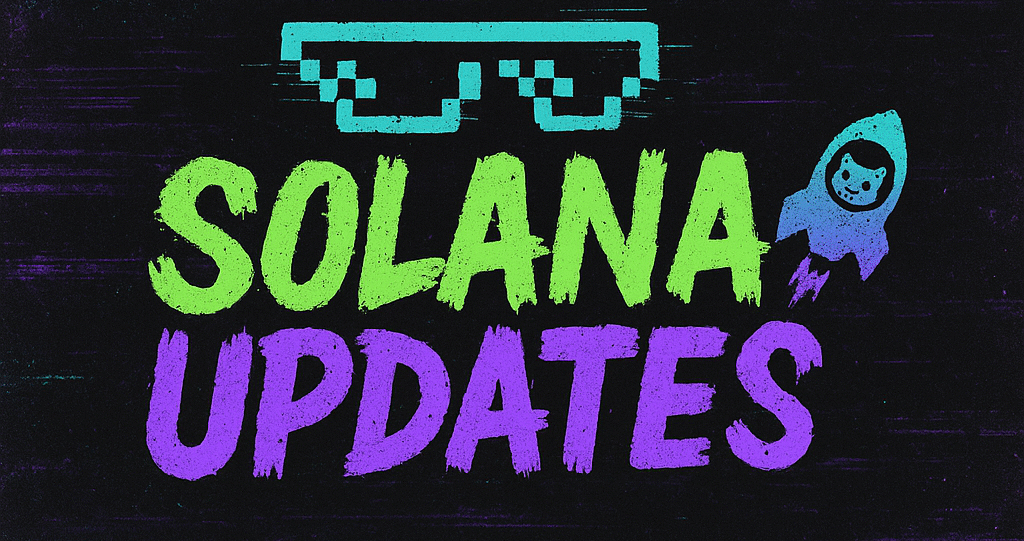Figment’s Remarkable Growth in Ether Staking Signals a Maturing Ecosystem
The Ethereum staking landscape is witnessing a significant shift, as Figment, a leading blockchain infrastructure provider, outpaces its competitors in Ether staking growth. This development comes amid a slight decline in Lido’s dominance, suggesting a diversification that could indicate a healthier blockchain ecosystem.
For years, Lido has maintained a stronghold in the Ethereum staking arena, offering a liquid staking solution that allowed users to stake their ETH without locking it up. However, recent trends suggest a change in the winds. As Figment experiences a surge in staking activities, the dominance of Lido seems to be easing, potentially alleviating concerns around centralization in the Ethereum network.
The Rise of Figment
Figment’s ascent can be attributed to its robust infrastructure and commitment to providing secure and efficient staking solutions. With a focus on decentralization and network participation, Figment has managed to attract a significant portion of Ethereum stakers. Their comprehensive services include not only staking but also a suite of tools for developers and institutional clients, making them a one-stop shop for blockchain engagement.
As Ethereum continues to transition towards a fully proof-of-stake (PoS) model, the demand for reliable staking solutions has never been higher. Figment’s growth reflects this demand and highlights an increasing trust in their capabilities. This is a crucial development, as a diversified staking environment reduces the risk associated with reliance on a single provider, thereby enhancing the overall resilience of the Ethereum network.
Lido’s Adjusted Trajectory
Lido, on the other hand, while still a dominant player, has seen a moderation in its market share. This is not necessarily a negative trend; rather, it indicates a more balanced ecosystem. Lido’s liquid staking model remains popular, particularly for users seeking flexibility and liquidity. However, as the market matures, users are exploring alternative staking solutions that better align with their specific needs and risk appetites.
The decline in Lido’s absolute dominance could also be seen as a response to community concerns over centralization. By distributing staking power across more platforms, the Ethereum network can achieve greater decentralization, a key principle that underpins the blockchain ethos.
Implications for Ethereum and the Broader Crypto Space
This diversification in staking providers is a positive signal for Ethereum’s health. A more distributed staking ecosystem enhances security and reduces vulnerabilities that could arise from central points of failure. Moreover, it encourages innovation and competition among providers, leading to better services and options for users.
For the broader cryptocurrency space, Figment’s growth exemplifies the ongoing evolution and maturation of blockchain networks. It highlights the importance of infrastructure development and the role of providers in shaping the future of decentralized finance.
As the staking landscape continues to evolve, the trends observed with Figment and Lido are likely to encourage further diversification and innovation. This could lead to more robust and resilient blockchain networks, ultimately benefiting users and the industry at large.
Moving forward, stakeholders in the Ethereum ecosystem will be watching these developments closely, eager to see how the dynamics of staking evolve and what new opportunities arise for participation and growth.
🛒 Recommended Product: Check out top-rated crypto gear on Amazon


